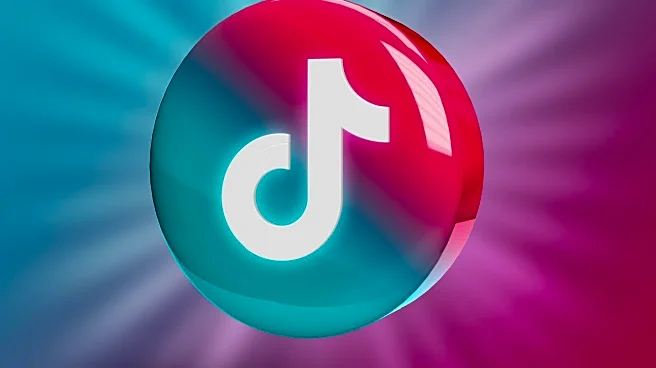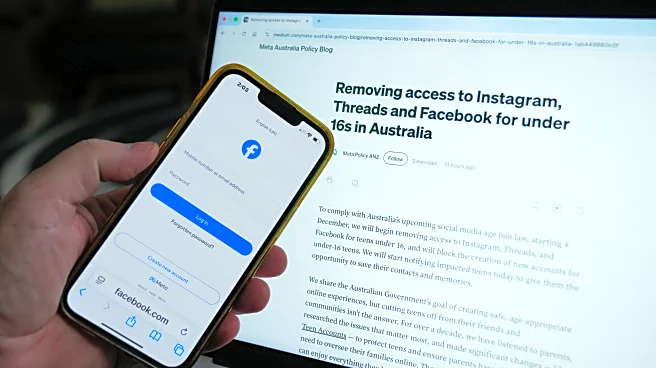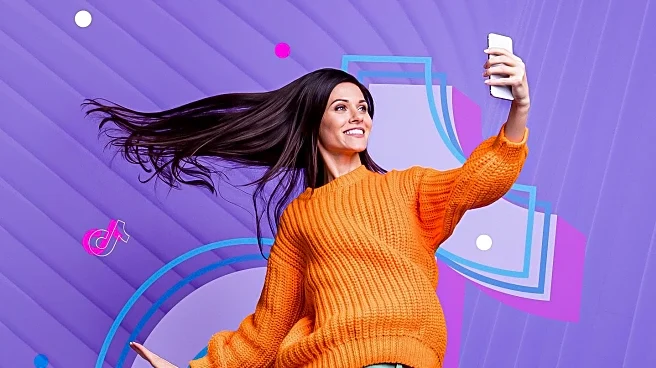What's Happening?
TikTok is testing a new slider tool that allows users to adjust the amount of AI-generated content in their feeds. This feature, part of the 'Manage Topics' settings, aims to give users control over the presence
of AI content, which has become prevalent on the platform. The tool will enable users to see more or less AI-generated content based on their preferences. TikTok is also working on invisible watermarks to label AI-generated videos, ensuring they are identifiable even when reposted. These initiatives are part of TikTok's efforts to enhance user experience and address concerns about AI slop, which refers to low-quality AI content.
Why It's Important?
The introduction of tools to manage AI content reflects TikTok's response to growing user concerns about the authenticity and quality of content on the platform. As AI-generated videos become more common, users may feel overwhelmed by the artificiality and potential deception of such content. By providing options to control AI content visibility, TikTok aims to improve user satisfaction and engagement. This move also highlights the platform's commitment to transparency and user empowerment, addressing the broader industry challenge of balancing technological advancements with maintaining trust and authenticity in digital interactions.
What's Next?
TikTok's testing of the slider tool and invisible watermarks is expected to roll out in the coming weeks, offering users more control over their feed content. The platform's efforts to label AI-generated videos and support AI literacy initiatives indicate a proactive approach to managing the impact of AI on user experience. As TikTok continues to refine these features, other social media platforms may follow suit, adopting similar strategies to address AI-related challenges. The ongoing development of AI tools and their integration into social media will require continuous adaptation and innovation to ensure positive user experiences and mitigate potential negative effects.
Beyond the Headlines
The rise of AI-generated content on social media platforms like TikTok raises ethical and cultural questions about the nature of digital interactions. As AI tools enable the creation of lifelike yet artificial content, users must navigate the complexities of distinguishing between reality and fabrication. This shift challenges traditional notions of authenticity and trust, prompting platforms to implement measures that safeguard user experience. The broader implications of AI in social media include potential impacts on societal norms, cultural narratives, and the future of human creativity. As technology continues to evolve, platforms must balance showcasing AI capabilities with maintaining a genuine and trustworthy digital environment.













